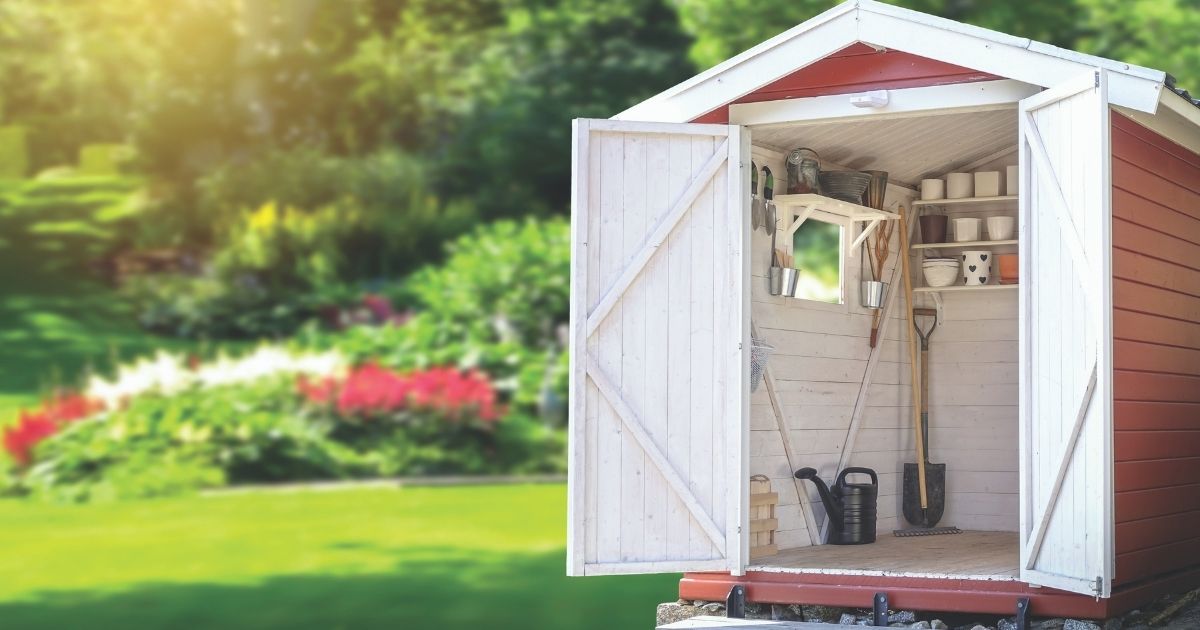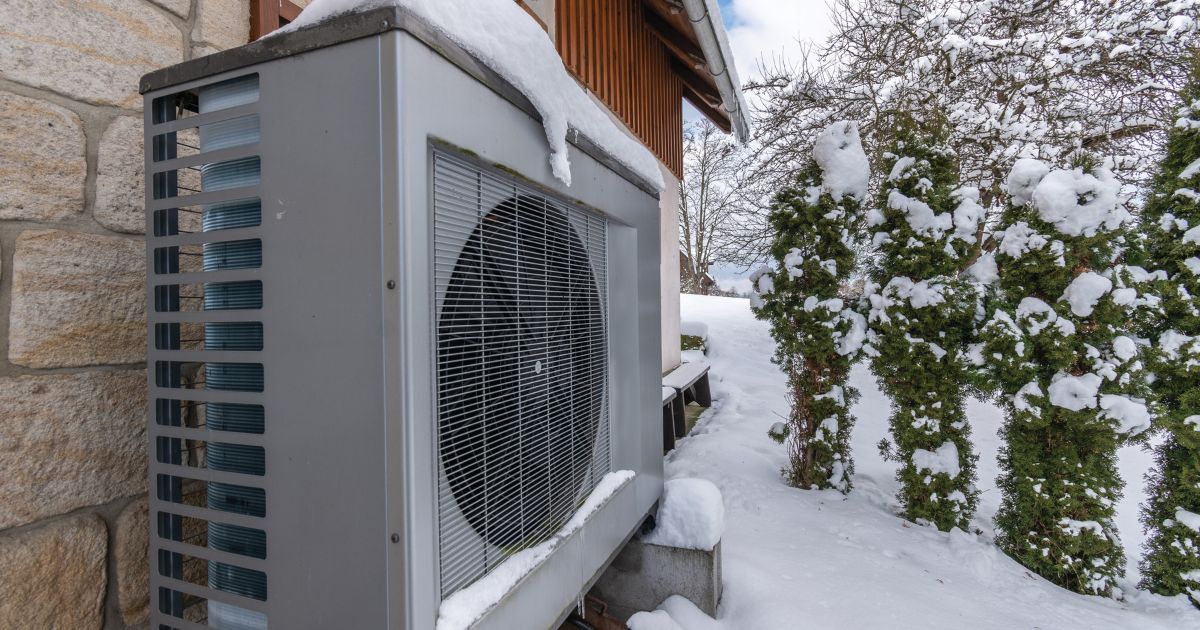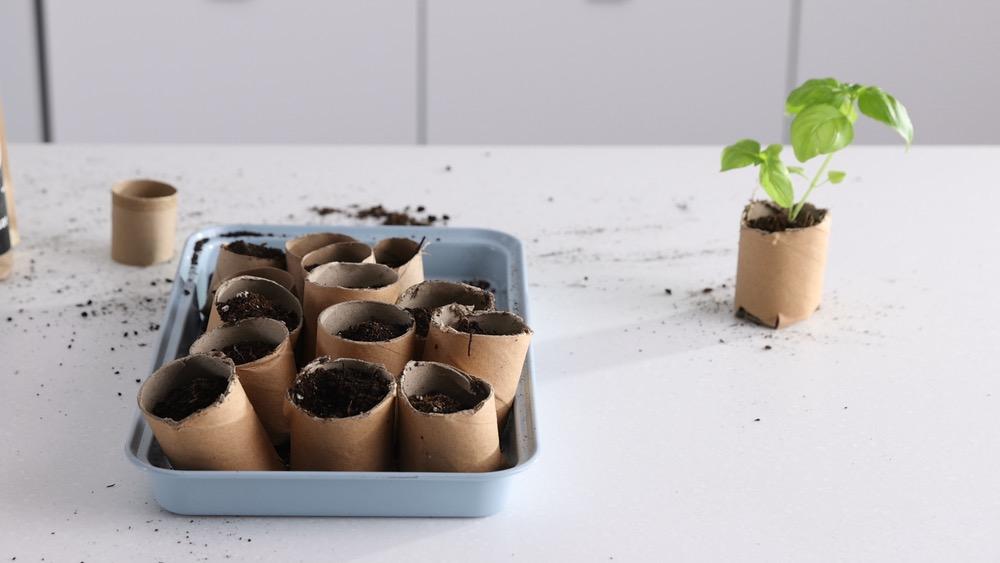“You can tell everything you need to know about a person by looking in their tool shed.” No one said this; we made it up.
But there is an element of truth in it, for those of us who have been around the tool shed awhile. The tools and supplies that we use—or don’t use—to succeed in our gardens does say a lot about how we go about our hobby.
Take the absence of a leaf blower, for instance. In its place you will no doubt find a broom or a leaf rake. These are tools of the trade that we use to clean up the lawn, garden and even the driveway when we don’t want to disturb the whole neighbourhood by blasting a leaf blower around the yard.
The broom and rake tell us that you enjoy the quiet of the experience of raking leaves or tidying up the garden. You may enjoy the rhythm and physical exercise associated with it.
It also tells us that you’re a good neighbour, sparing those around you from the two-cycle leaf blower sending all manner of debris into the orbit, only to settle down the street.
Our tool sheds reflect what we have found useful over the years. More years for Mark (40?) than for Ben, but we assume the latter was influenced somewhere along the way by his dad to make wise decisions in this regard. The power leaf blower is a case in point.
So, what is in our garden shed and what purpose does each of these tools serve? Here is our prioritized list.
Sharp Spade

The word spade is confusing: An ace of spades in a deck of cards has no resemblance to a garden spade. Indeed, it is pointed at the end like a shovel, unlike a garden spade, which has a flat mouth. A useful one is sharp. Mark keeps his so sharp, that he could shave with it. But then, he has one of those soft Irish-like beards that would make him look like a leprechaun if he were to grow it out. Which he isn’t going to do any time soon.
The best garden spade has a long handle, for leverage when digging and dividing perennials.
It moves a volume of soil greater than most shovels thanks to its squared-off mouth.
When it is sharpened with a garden file, it cuts through the soil like butter and edges a lawn like nothing else.
A good garden spade is well balanced in your hand and is not too heavy.
It is the No. 1 tool in Mark’s shed.
Back Hoe

This is our own design. Well, we took a Japanese-designed weeding hoe and improved it. As with most excellent ideas, the foundation of it started with something else. Our back hoe is stainless steel, so soil peels off it when it is wet and falls off when it is dry.
It has a pointed end that is ever so useful when creating a furrow to plant vegetable seeds or to remove moss and weeds between patio stones or flagstones, and a sharp edge on the elongated sides to knock down young weeds.
It should be noted that the edge on the backhoe is designed to be wider than most garden-variety hoes for efficiency. You do not, after all, want to give up your day job to weed, right?
The serrated edge on the back of the hoe is for combing out shallow-rooted weeds like chickweed, portulaca and moss.
The 157 cm (62 inch) long handle is an intentional design feature. No stooping to pull weeds or create a furrow; instead, just drop the backhoe on the ground and let it do most of the work. You just pull it and push it while standing straight up. Thus, the word “back” in the product name. This product reduces back strain.
High-Volume Watering Can

You may think that a watering can is so obvious a choice for a garden shed that it doesn’t need to be on the list.
We argue that there are such differences in design and quality that function varies widely across the spectrum of watering cans.
Our favourite is the Haws large-capacity (7 litre/6 quart) watering can.
Without a doubt, it will be the last one you will buy. This is a good thing, as a Haws can put you back by up to $45 for the high-impact plastic version and up to $80 for the top-of-the-line metal one.
There is much to recommend a Haws.
• Its “throw.” Haws watering cans have the best throw of water from the end of the spout to the surface of the soil in the business. You can stand upright and “shoot” water over 1 metre (up to 4 feet) accurately.
• It has a high volume. Water leaves the can at a high velocity and quantity, so you’re not standing around whistling for your dinner while waiting to drench a well-loved plant.
• It is easy to fill. The top of the watering can is wide-mouthed, so it is easy to fill from a hose or, better still, you can just dip it into a large drum of water and fill it in seconds.
• It lasts. The word quality has much meaning here, in the old-school still-made-in-U.K. sense, right down to the brass “rosebud” nozzle.
It is also balanced in your hand: You can apply water from it single-handedly. And forget about ever using a cheap, moulded-plastic model ever again.
Hand Pruners

There is a reason why many professional gardeners wear a pair of hand pruners in a holster on their belt: There is nothing handier in the garden. Need to control the growth of a shrub or perennial while weeding? Reach for your pruners and give it a snip. Want to cut a rose to bring indoors for the table? Cut it in a second and get back to work.
Everyone who has gardened for a few years or more has tried the cheap, lightweight hand pruners. They twist in your hand when you challenge them to a decent-sized limb, they become dull quickly, and they can blister the palm of your hand because of their poor design.
There are, fortunately, some great hand pruners on the market.
The No. 1 pruner used by professionals is undoubtedly the Felco. Made in Switzerland of high-quality high-carbon steel, it is balanced in your hand, made for no end of punishment. They start at about $70.
We think there are other hand pruners on the market worth considering. There is no reason, after all, to mortgage your home for a pair. Take Corona, for example, a well-made, durable and serviceable hand pruner that many professionals use.
We, of course, use our own hand pruner, the Mark’s Choice version that was designed by Mark 3 years ago. It too is made of high-carbon steel, holds an edge, is balanced in your hand and comes with a sharpener that works like a charm. Mark gives the blade of his hand pruner a swipe with the sharpener every time he heads out to the garden. At less than half the price of a Felco, our pruner works amazingly well for the amateur gardener.
Look around your garden shed: Do you have tools that give you satisfaction and joy from the experience of using them? It may be time for an audit.
Mark Cullen is an expert gardener, author, broadcaster and tree advocate
and holds the Order of Canada. His son, Ben, is a fourth-generation
urban gardener and a graduate of the University of Guelph and Dalhousie
University in Halifax. Follow them at markcullen.com, @MarkCullen4
(Twitter) and @markcullengardening (Facebook) and look for their latest book, Escape to Reality.
Follow them at markcullen.com, @MarkCullen4, facebook.com/markcullengardening and biweekly on Global TV’s national morning show, The Morning Show.













